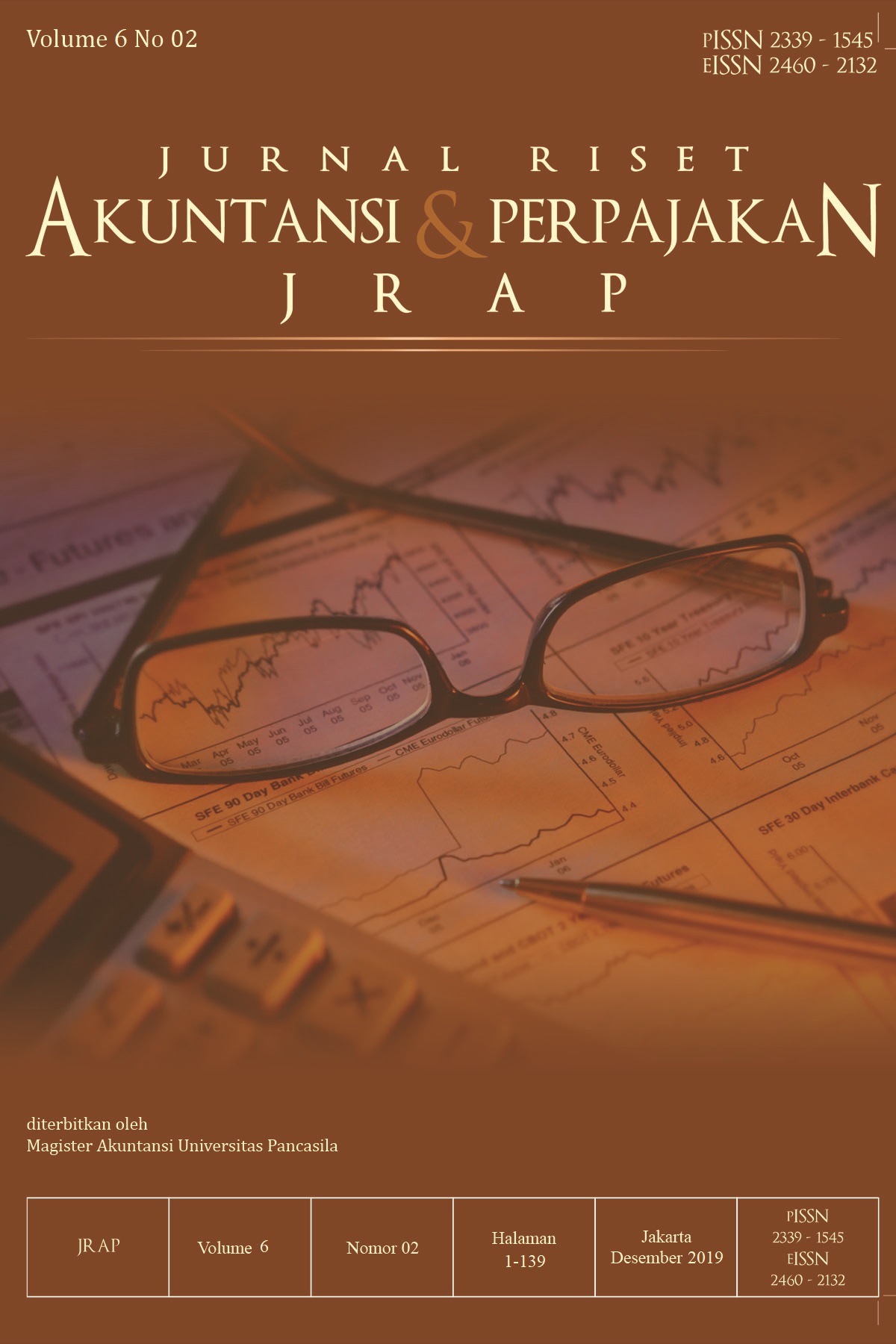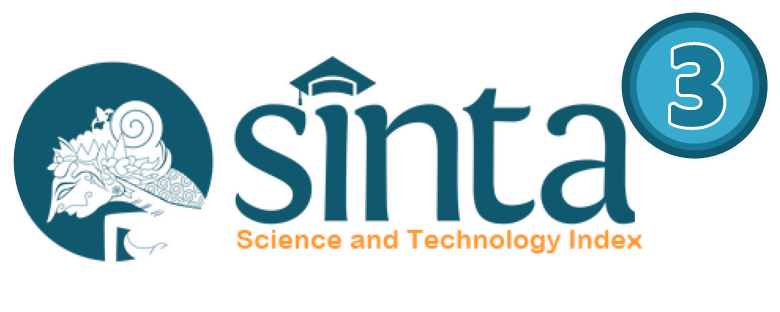Efektivitas Pengendalian Intern Piutang Usaha dengan Menggunakan Pendekatan COSO
DOI:
https://doi.org/10.35838/jrap.2019.006.02.15Keywords:
internal control, accounts receivable, coso, approachAbstract
ABSTRACT
The The purpose of this study was to determine the effectiveness of internal control of receivables at PT. Phar Indonesia is based on five components of COSO, namely the control environment, risk assessment, control activities, information and communication, and monitoring. The analytical method uses descriptive qualitative on the accounts receivable internal control questionnaire which refers to the COSO framework on the components of internal control. (Supported by SPSS Software Version. 24). The results showed that the risk assessment component was less effective, while the environmental control component, the control activity component, the information and communication component, and the monitoring component were effective.
ABSTRAK
Tujuan penelitian ini adalah untuk mengetahui efektivitas pengendalian intern piutang pada PT. Phar Indonesia berdasaarkan lima komponen COSO, yaitu lingkungan pengendalian, penilaian risiko, aktivitas pengendalian, informasi dan komunikasi, dan pemantauan. Metode analisis menggunakan deskriptif kualitatif terhadap kuesioner pengendalian intern piutang usaha yang mengacu pada kerangka kerja COSO pada komponen-komponen pengendalian intern. (Program SPSS Versi. 24). Hasil penelitian menunjukkan bahwa komponen penilaian risiko kurang efektif, sedangkan pengendalian lingkungan intern, pengendalian aktivitas intern, informasi intern dan komunikasi intern, dan pengawasan intern perusahaan semua efektif.
JEL Classification : M10, M41
Downloads
Downloads
Published
Issue
Section
License
Authors who publish with this journal agree to the following terms:
- Authors retain copyright and grant the journal right of first publication with the work simultaneously licensed under a Creative Commons Attribution-ShareAlike 4.0 International License that allows others to share the work with an acknowledgement of the works authorship and initial publication in this journal.
- Authors are able to enter into separate, additional contractual arrangements for the non-exclusive distribution of the journals published version of the work (e.g., post it to an institutional repository or publish it in a book), with an acknowledgement of its initial publication in this journal.
- Authors are permitted and encouraged to post their work online (e.g., in institutional repositories or on their website) prior to and during the submission process, as it can lead to productive exchanges, as well as earlier and greater citation of published work (See The Effect of Open Access).














